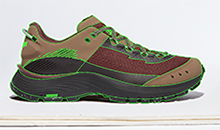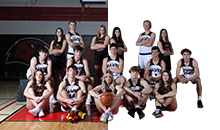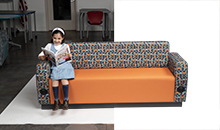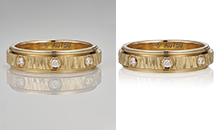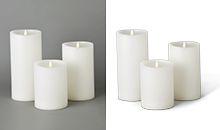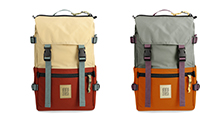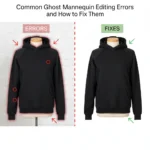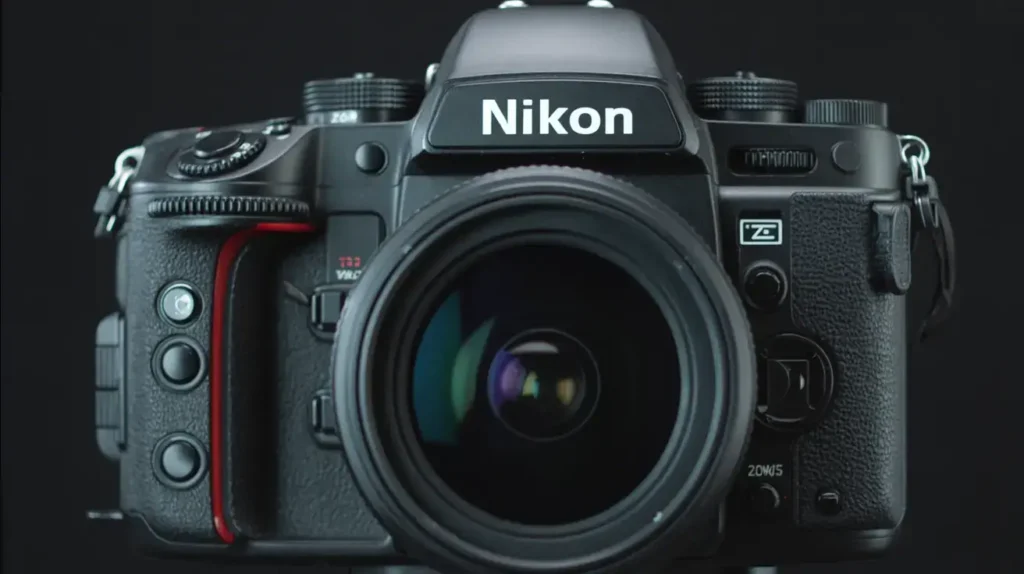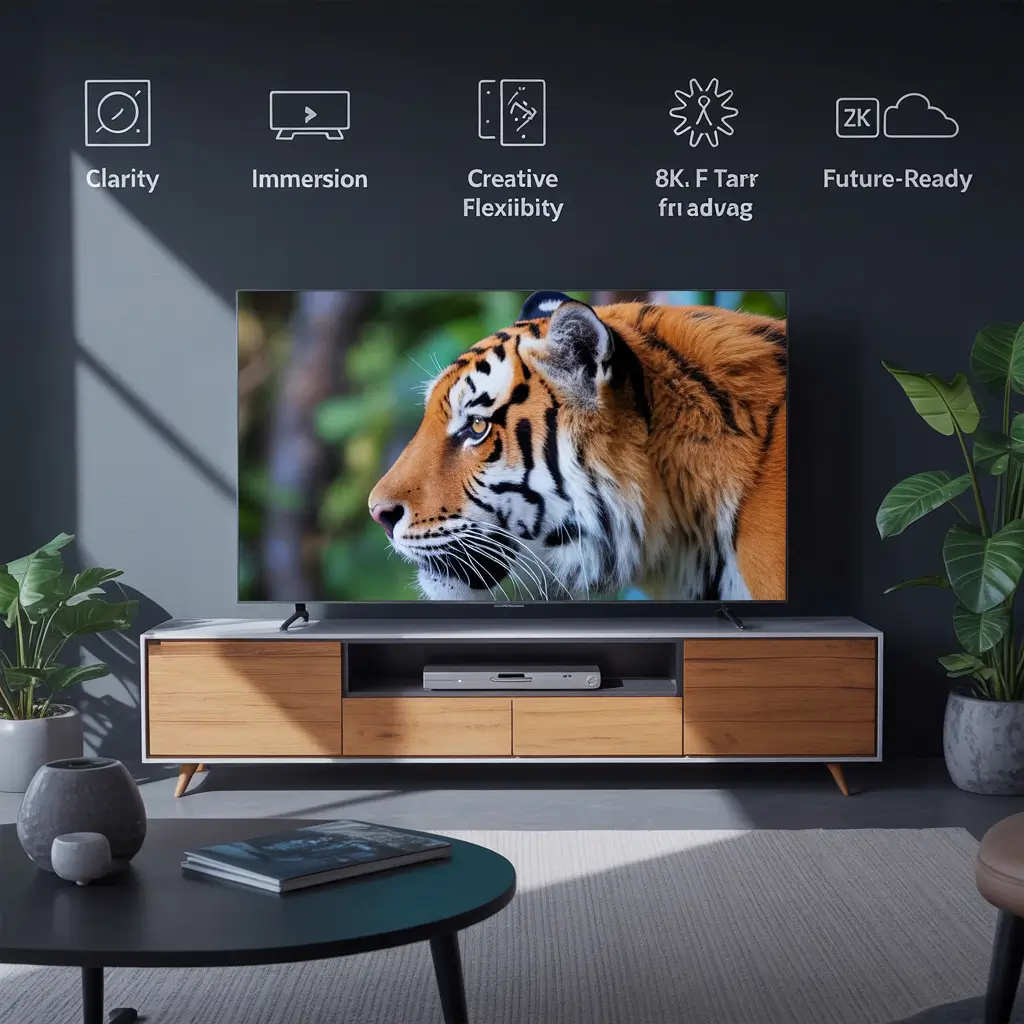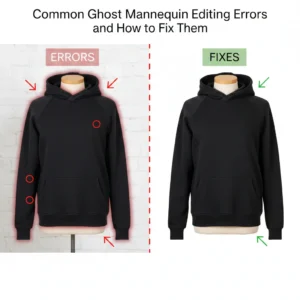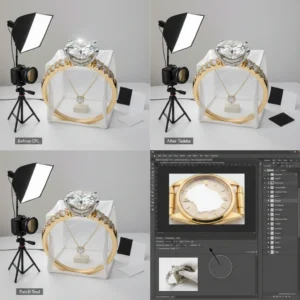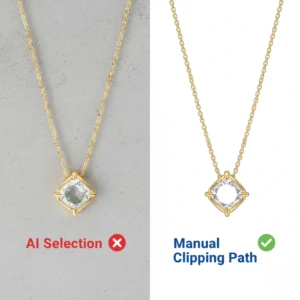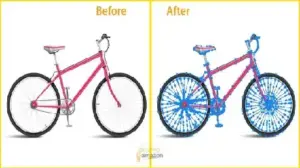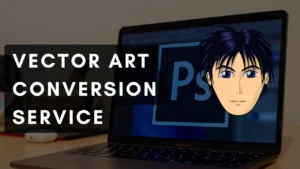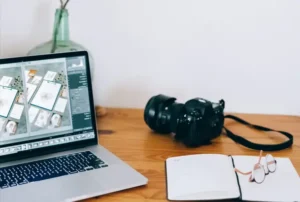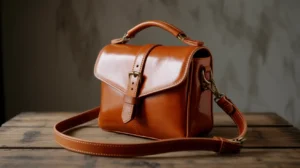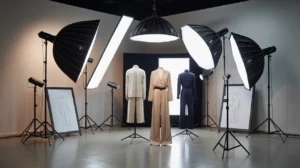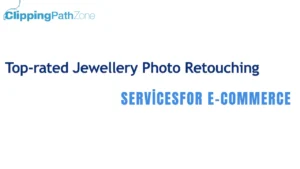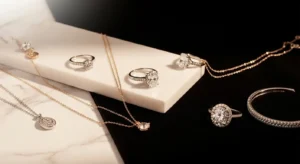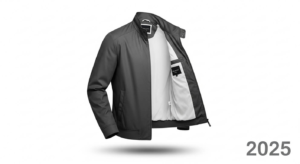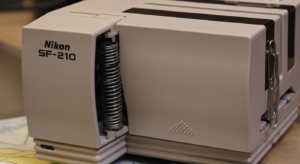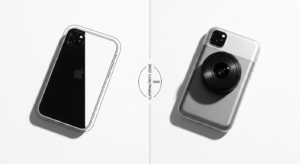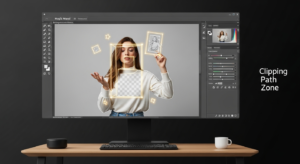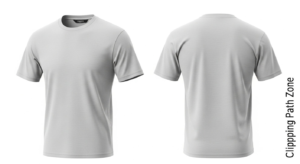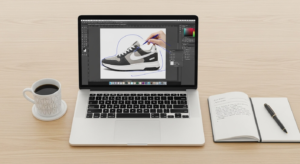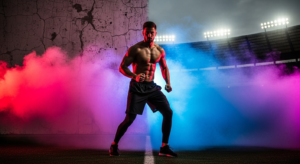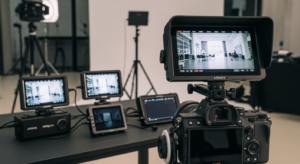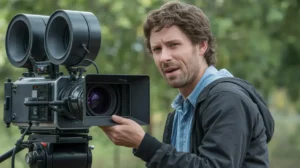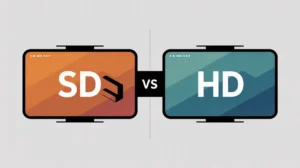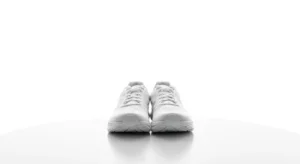Have you ever tried taking photos at a concert only to end up with blurry shots, weird colors, or so much noise that the image looks like a painting? You’re not alone. Concert photography is one of the toughest challenges for any photographer. Between low light, flashing stage lights, and musicians who never stop moving, the wrong camera can leave you frustrated. That’s why choosing the best mirrorless camera for concert photography in 2025 is crucial.
In this guide, I’ll walk you through the top models, explain the difference between full-frame and APS-C, and share personal insights as if we’re two friends chatting about gear over coffee. I’ll also touch on lenses, settings, and practical tips from years of photographing live music. And yes along the way, I’ll tell you how brands like Clipping Path Zone help photographers polish their shots when editing becomes just as important as shooting.
Let’s dive in.
Importance of Low-Light Performance in Concert Photography
Concerts are rarely well-lit like a studio. Instead, you get dim stages, red and blue spotlights, and fast strobe lights. A camera’s low-light performance is the game changer here. This is why full-frame mirror less cameras, with their larger sensors, dominate live music photography. They capture more light, reduce noise at high ISO, and keep details intact.
Quick Answer: The best concert photography cameras are full-frame mirror less models because they handle low light better than APS-C or micro four-thirds.
Sony Alpha a7 III – A Balanced Performer
The Sony a7 III has been a fan favorite for years—and it still holds strong in 2025. With 24.2MP full-frame sensor, amazing auto focus, and superb battery life, it’s a reliable partner for concerts. Many photographers on Reddit still call it the “budget king” for live shows.
Pros: Excellent auto focus, strong low-light ability, good value for money.
Cons: Menus can be confusing for beginners.
Quick Answer: The Sony a7 III is one of the most reliable and affordable full-frame mirror less cameras for concert photography.
Canon EOS R6 Mark II – High-Speed Precision
If speed is what you crave, the Canon EOS R6 Mark II won’t disappoint. With 40fps electronic shutter bursts and Canon’s legendary color science, this camera makes it easier to freeze guitar jumps and drumstick spins. Its low-light ISO performance is also superb.
Pros: Best auto focus tracking, superb color tones, high burst rate.
Cons: Slightly pricier than the Sony a7 III.
Quick Answer: The Canon EOS R6 Mark II is perfect for fast-moving live music, especially if you love vibrant colors straight out of the camera.
Nikon Z6 II – Versatile Shooting Capabilities
Nikon fans will love the Z6 II. It’s a 24.5MP full-frame mirror less camera with strong dynamic range and dual card slots for backup—a lifesaver for pros shooting tours. It pairs beautifully with Nikon’s Z lenses like the 24-70mm f/2.8.
Pros: Dual processors, robust build, excellent low-light detail.
Cons: Auto focus is slightly behind Canon and Sony.
Quick Answer: The Nikon Z6 II is a dependable option with great lens compatibility and solid low-light performance.
Sony Alpha a9 III – Fast and Efficient
The Sony a9 III introduces global shutter technology, meaning no rolling shutter issues with flashing lights—a dream for concert photographers. It can shoot silently and capture 120fps bursts, making it one of the most advanced tools available.
Pros: Global shutter, insane burst rates, no banding under LED lights.
Cons: Premium price, best for professionals.
Quick Answer: If budget isn’t a problem, the Sony a9 III is the ultimate concert photography camera in 2025.
Nikon Z9 – Cutting-Edge Technology
The Nikon Z9 is Nikon’s flagship and it’s built like a tank. With 45.7MP resolution, 8K video, and industry-leading tracking, it’s meant for professionals covering world tours and festivals.
Pros: Extreme resolution, durable, no mechanical shutter needed.
Cons: Heavy and expensive.
Quick Answer: The Nikon Z9 is a powerhouse camera for pro concert photographers needing both high resolution and speed.
Panasonic Lumix S1 – Robust Build and Image Quality
Panasonic’s Lumix S1 doesn’t get as much buzz, but it’s a hidden gem. Known for its rugged body and excellent image stabilization, it’s a great choice for handheld shooting in small venues.
Pros: Great IBIS, strong video quality, sturdy design.
Cons: Limited native lenses compared to Sony/Canon.
Quick Answer: The Lumix S1 is ideal for those who shoot both photos and concert videos.
APS-C Options – Budget-Friendly Alternatives
Not everyone can jump into full-frame right away. Cameras like the Sony A6400 or Fujifilm X-T30 II still deliver excellent concert shots if paired with fast lenses like a 35mm f/1.4. They’re lighter and cheaper but do struggle in extreme low light compared to full-frame.
Quick Answer: APS-C mirror less cameras are affordable entry points for beginners learning concert photography.
Best Lenses for Concert Photography
A great camera without the right lens is like a guitarist without strings. Popular picks include:
- 24-70mm f/2.8 (versatile for stage and crowd)
- 70-200mm f/2.8 (tight shots from a distance)
- Prime lenses (35mm, 50mm, 85mm f/1.8 or faster) for low-light portraits
Quick Answer: Fast aperture lenses (f/1.8 or f/2.8) are essential for low-light concerts.
Post-Processing and Professional Editing
Even with the best camera, post-processing is what makes your photos stand out. Many photographers rely on clipping path services to remove distractions, ghost mannequin services for fashion shots, or jewelry retouching services to make accessories sparkle. For overall finishing, photo retouching services can turn raw concert shots into polished masterpieces.
Full-Frame vs. APS-C: Which to Choose?
Full-frame gives better low-light performance and wider field of view. APS-C is cheaper and lighter but struggles more with noise in dark venues.
Quick Answer: Choose full-frame if budget allows; APS-C works for beginners.
Autofocus and Eye Tracking in Live Music
Musicians move constantly, and autofocus systems with eye tracking are lifesavers. Sony leads in this department, followed by Canon.
Quick Answer: Look for cameras with reliable eye AF for consistent sharpness at concerts.
The “3 Song Rule” Explained
Most concerts only allow photographers to shoot during the first three songs. This means your camera needs to nail the shots fast—no second chances.
Quick Answer: The “3 song rule” means you only have a short time window, so fast auto focus and burst modes are crucial.
Best Camera Settings for Concert Photography
- ISO: 3200–12800 (depending on venue)
- Aperture: f/2.8 or wider
- Shutter Speed: 1/250–1/500 for moving musicians
Quick Answer: Start with ISO 3200, f/2.8, and 1/250 shutter speed, then adjust based on light.
Essential Accessories for Concert Photographers
- Fast memory cards
- Spare batteries (mirror less eats power)
- Earplugs (protect your hearing)
- Comfortable dual camera strap
Quick Answer: Always carry backups—concerts are unpredictable.
Choosing the Right Camera for Your Needs
Your choice depends on budget, experience, and shooting style. Beginners may start with APS-C, while professionals often use dual full-frame bodies. Renting is also smart if you’re testing gear.
Quick Answer: Match your camera to your needs, not just hype.
Conclusion
Concert photography is an electrifying experience—but only if your camera can keep up. From the reliable Sony a7 III to the futuristic Sony a9 III, there’s a mirrorless camera for every photographer. Remember: lenses and technique matter just as much as the body. And when it comes to post-processing, companies like Clipping Path Zone can take your raw shots and make them shine with services like product photo retouching and multiple clipping path service.
Whether you’re a beginner shooting your first gig or a pro covering a festival, the best mirrorless camera for concert photography is the one that balances speed, low-light power, and reliability. Choose wisely, and let the music guide your shutter.
FAQs
- Are mirror less cameras good for concert photography?
Yes, they’re great. Mirror less cameras are lighter, faster, and have better low-light auto focus compared to DSLRs. - What is the 3-song rule in concert photography?
It’s a rule where photographers are only allowed to shoot during the first three songs of a performance. - What settings work best for low-light concert shots?
Start with ISO 3200, f/2.8 aperture, and a shutter speed of 1/250. Adjust as needed for lighting. - Should I buy full-frame or APS-C for concerts?
Full-frame is best for low light, but APS-C is a good affordable entry point. - What lenses do pro concert photographers use?
The 24-70mm f/2.8 and 70-200mm f/2.8 are the most popular, along with fast primes like 50mm f/1.4.

